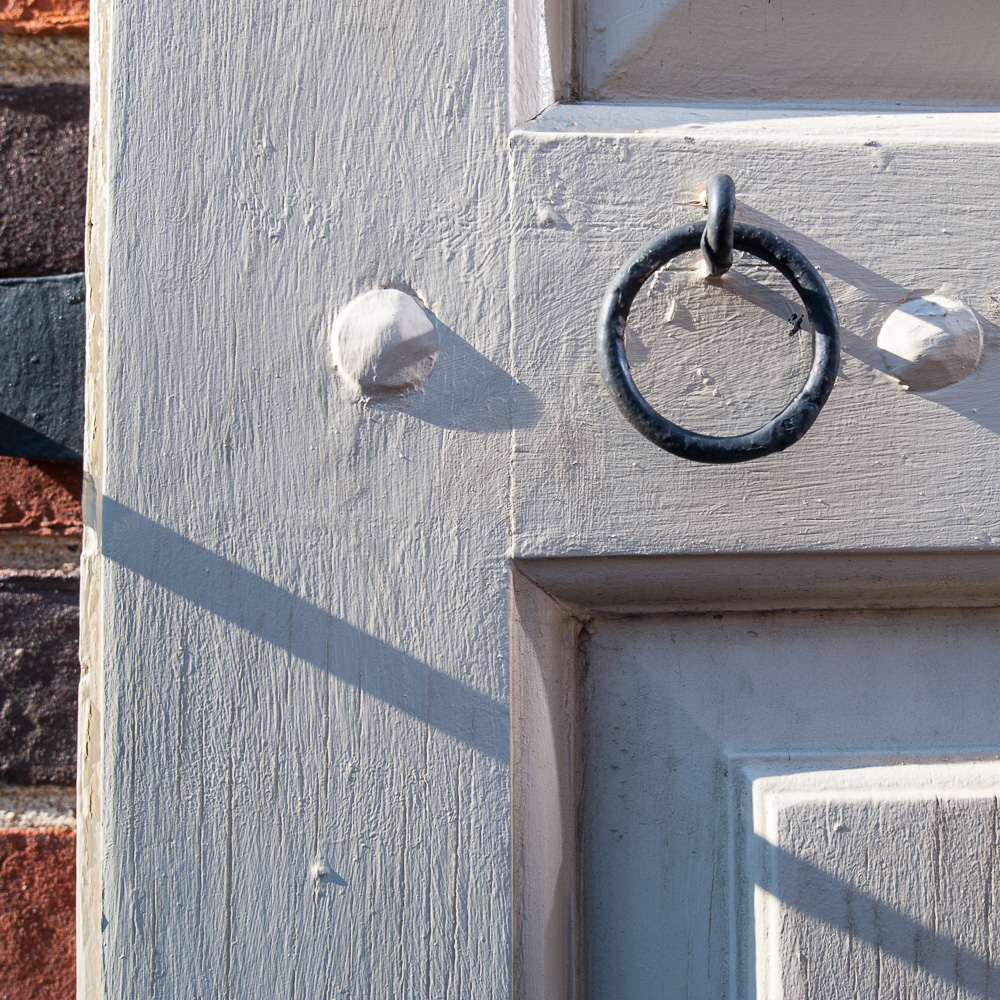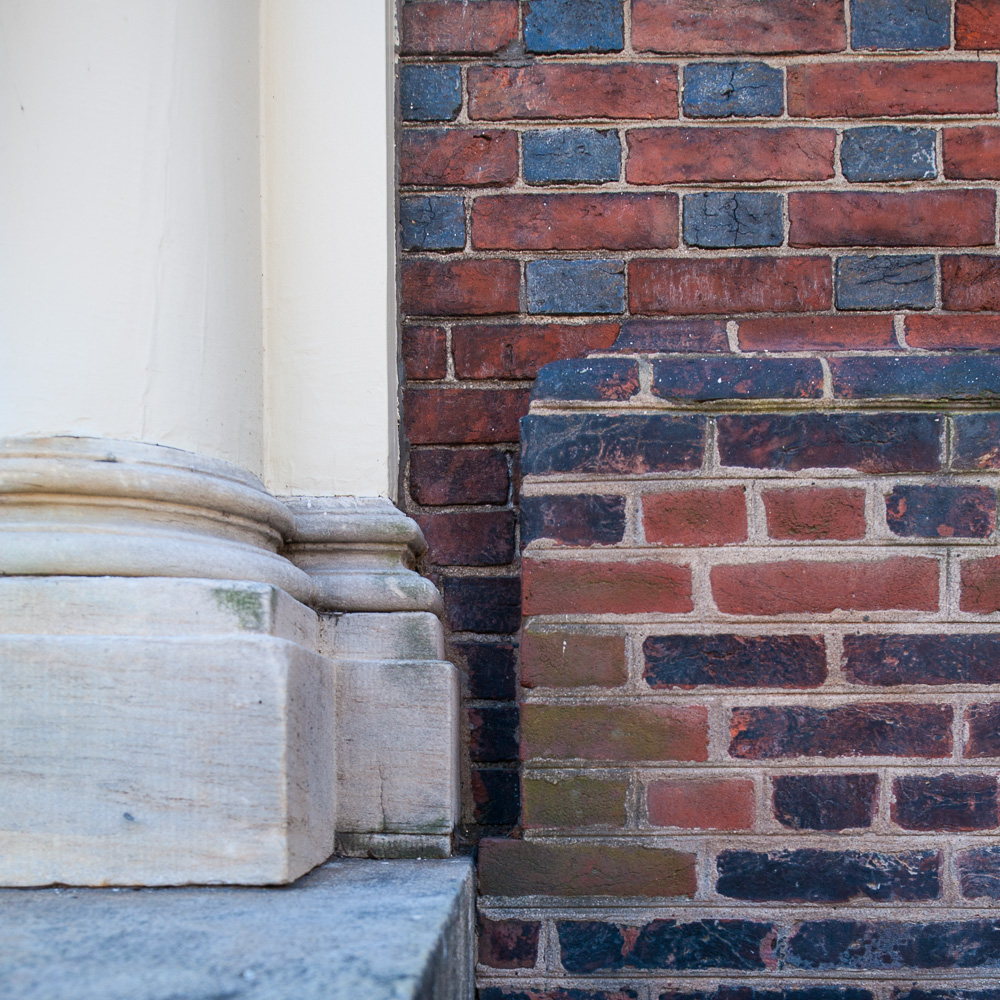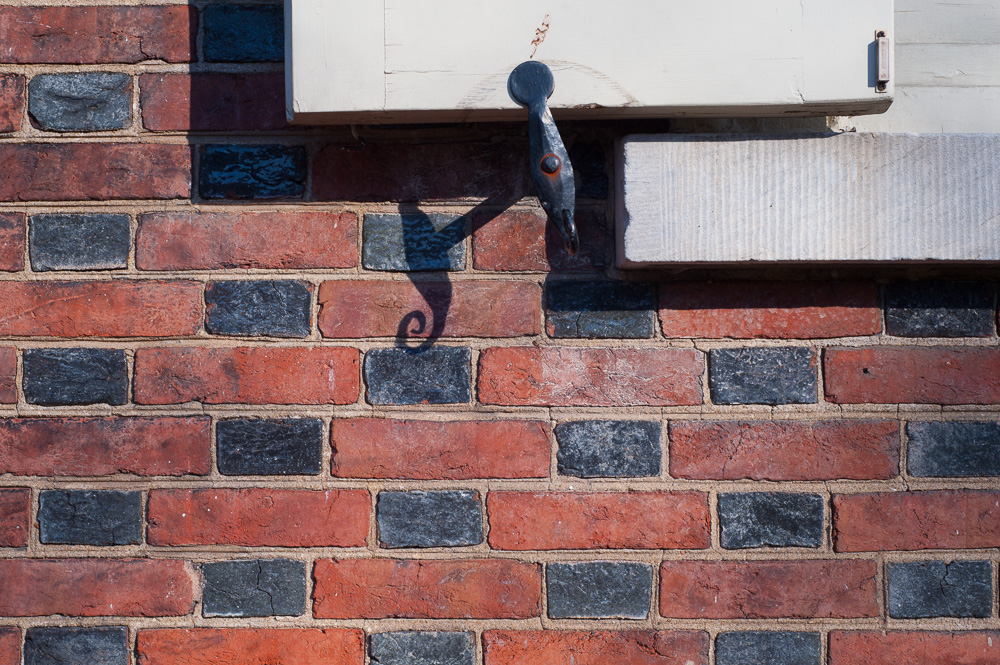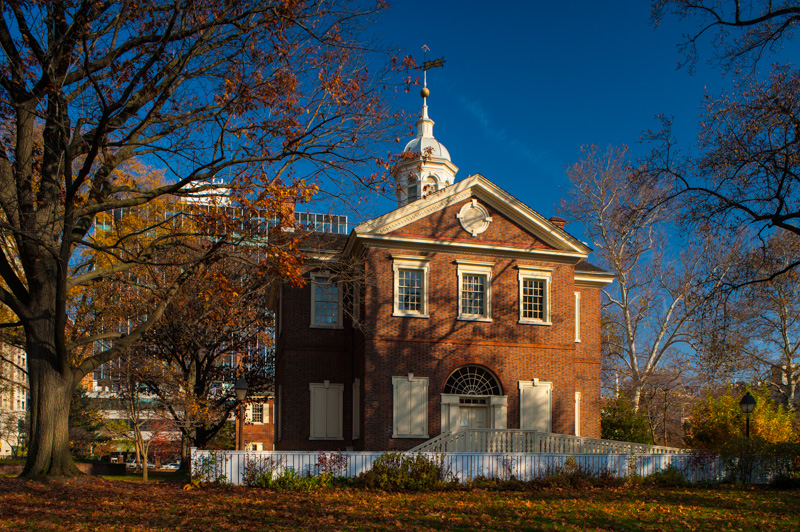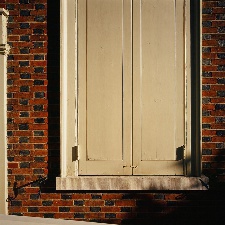Exterior
5/5
Interior
2/5
Site
2/5
History
5/5
Overall
5/5
The paint wasn’t even dry on this jewel of Georgian institutional design, , when the First Continental Congress met here to begin to discuss treason. The exterior is mostly original but interiors, though nice, are Victorian creation.

